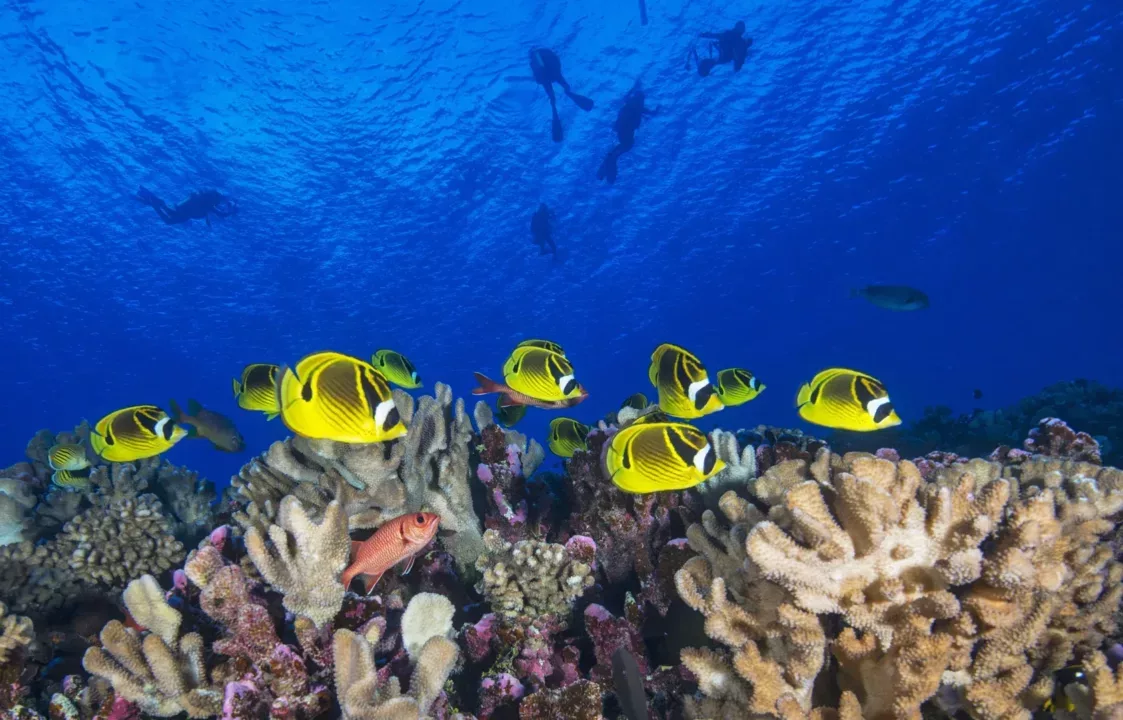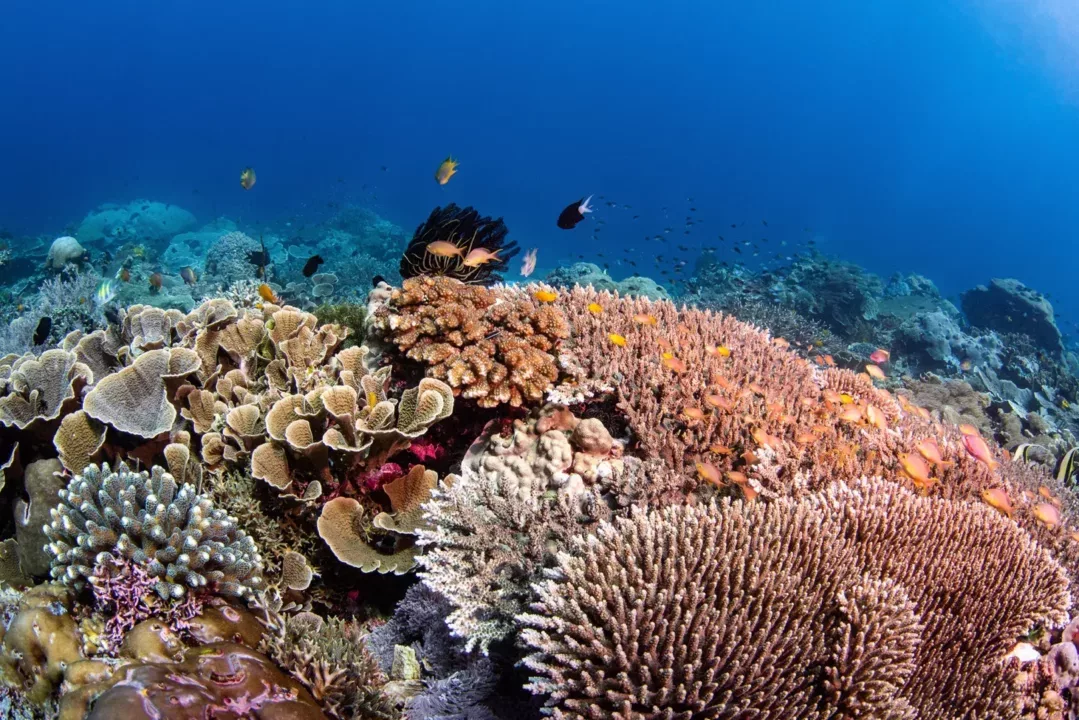But the scientific data concerning these coral reefs is now very alarming. Reefs are bleaching far more rapidly than the initial science suggested. These ‘bleached’ corals are highly vulnerable to starvation and disease and have an increasingly high mortality rate. This year, for the first time, mass coral bleaching also occurred in a traditionally cooler, La Niña period. Under the current emissions scenario, all World Heritage-listed reefs are at risk of disappearing by the end of this century.
Reducing local pressures to give reefs the best chance of survival
Warming ocean temperatures, due to global CO2 emissions, are the biggest threat to coral reefs globally. The latest Intergovernmental Panel on Climate Change (IPCC) data confirms that States must drastically reduce carbon emissions to meet the targets under the Paris Agreement concluded in 2015. But most coral reefs also face a mix of local pressures, such as pollution, overfishing, or habitat destruction. UNESCO is mobilizing its resources and its partners to reduce local pressures and give coral reefs their best chance of survival in this rapidly changing environment.
On the occasion of the Our Ocean Conference in Palau, I call for an international mobilization to prevent coral reef extinction and announce a strong contribution from UNESCO: an emergency plan to boost the resilience of World Heritage-listed reefs, in particular those in developing countries. UNESCO is partnering with the Global Fund for Coral Reefs to help finance this commitment.Audrey Azoulay – UNESCO Director-General

Global warming means that local reef conservation practices are no longer enough to protect the world’s most important reef ecosystems. But a healthy, resilient reef can regenerate after a bleaching incident and survive.Fanny Douvere – Head of Marine Program at the UNESCO World Heritage Centre
The success of UNESCO’s Resilient Reefs Initiative
This new large-scale plan will build on the successful Resilient Reefs Initiative launched by UNESCO and partners at the previous Our Ocean Summit in 2018. For the past four years, they have worked on 4 World Heritage reef pilot sites in Australia, Belize, France (New Caledonia) and Palau. The Resilient Reefs Initiative demonstrates that local pressures can be reduced through active intervention and that empowering local communities helps them to adapt their income and livelihoods to the changing realities.
For example, in the Southern Lagoon of the Rock Islands (Palau), the Resilient Reefs Initiative trains local rangers and communities in the latest science and skills in fisheries management, adaptation and resilience. The design of a fishing permit system to control access, the implementation of fish size limits to increase spawning biomass, and the protection of habitats ensuring the life history of species will all help to create the conditions in which fish stocks can rebound.
On Australia’s Ningaloo Coast, the Resilient Reefs Initiative is developing solutions to facilitate coral reproduction. When coral dies because of an event such as bleaching, bits break off and accumulate on the reef, creating a type of ‘rubble’ which prevents new coral from growing. For fertilized eggs to settle and reproduce on a reef, the surface must be clean and hard. The solution, tested as part of the initiative, is to fit small star-shaped structures made of steel bars onto the reef which allow fertilized eggs to settle and grow. The ‘stars’ are built by local indigenous people, thus creating local employment.
The Resilient Reefs Initiative continues until 2024, with a total of USD$ 10 million mobilized.
Reefs at the heart of the UN Ocean Decade 2021-2030
From this new plan to boost World Heritage-listed reef resilience, to using water quality monitoring to protect coral reefs in Tanzania, to deploying nanotechnology to make reefs more resilient in the Caribbean, reef conservation and recovery are among key actions endorsed by UNESCO as part of the UN Decade of Ocean Science for Sustainable Development 2021-2030 (The “Ocean Decade”).
Launched in 2021 under UNESCO’s coordination, the United Nations Ocean Decade brings together scientists, ocean managers, indigenous and local communities, and public and private investment to co-design solutions for conserving and revitalizing reef ecosystems around the world.
UNESCO Press Release – April 14, 2022

